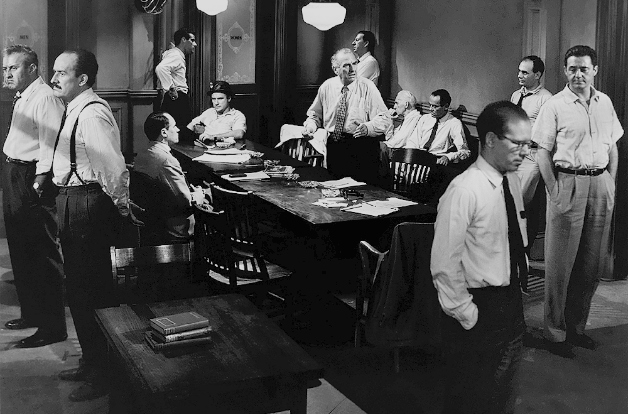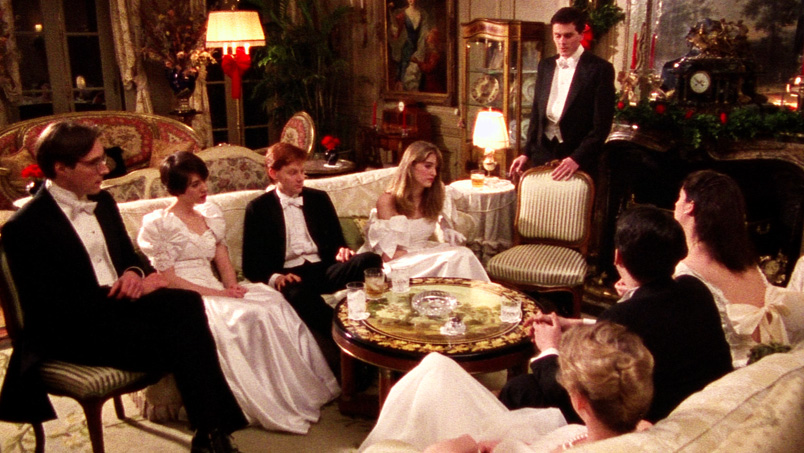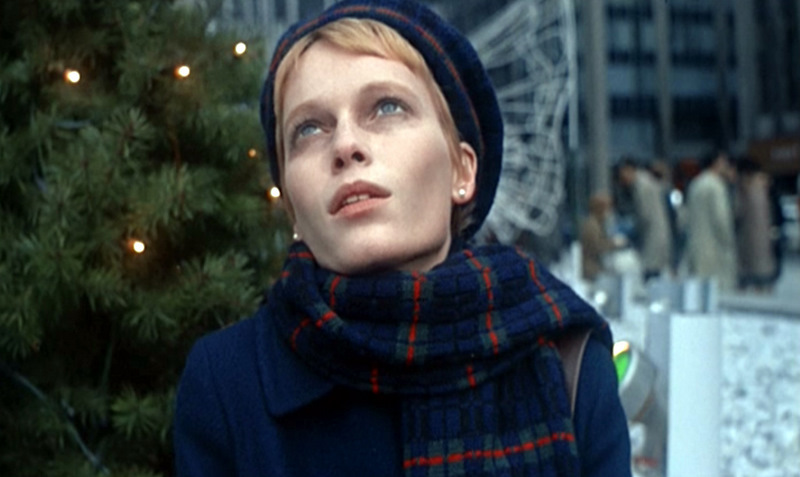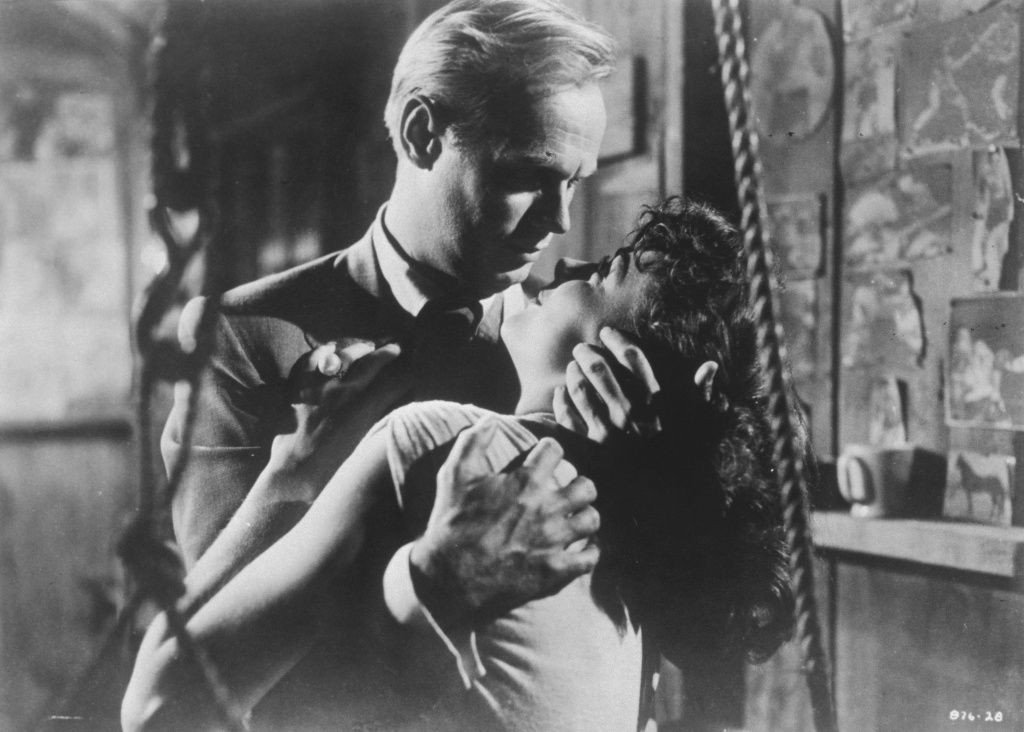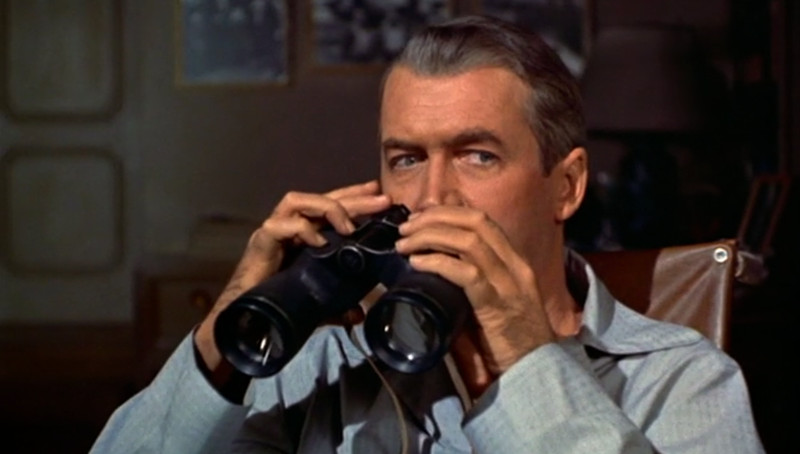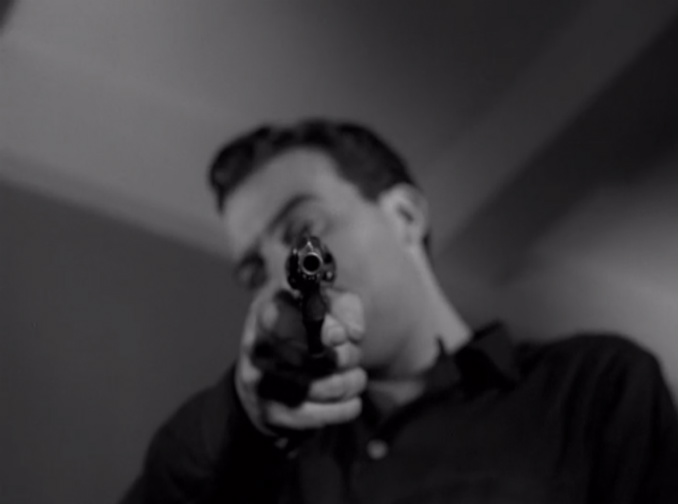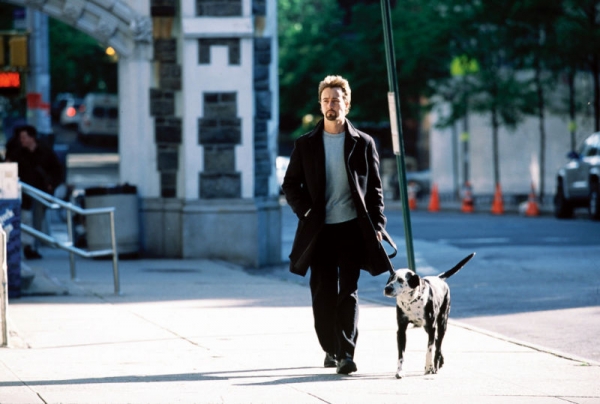17. 12 Angry Men
Sidney Lumet’s potboiler may not immediately spring to mind when considering great New York films, although its ensemble is stocked with characters that are distillations of the quintessential “New Yorker.” It takes place almost entirely inside the jury room of a courthouse, where 12 citizens convene to decide the fate of a kid accused of murdering his father.
Eleven of the titular jurors have already decided the verdict at the outset of deliberation, but one man (Henry Fonda), the social conscience of this allegory, forces the men to take the time to consider the evidence. Reginald Rose’s script (originally an episode of “Studio One,” adapted for the big screen) pits the ultimate tensions of a diverse against its own prejudices.
Ultimately, it’s a morality tale. The young boy is Hispanic, and lower class, and the all white, male, largely working-class jury stands in stark contrast. In a place where the poor and the rich are only separated by a few avenue blocks, it begs the question of what a “jury of your peers” truly is.
16. Metropolitan
Whit Stillman’s debut feature has been compared to the works of Jane Austen, driven by the interactions between a group of erudite college students on break. It does have a literary quality to it, driven by conversations that range from academic to snarky gossip. Your own worldview will influence whether you see these characters as thoughtful or untenable, but whichever way you feel, Stillman portrays a major sect of New York society in their natural habitat.
These young Manhattanites attend haute parties, fall in love, fight and enjoy the freedom of youth in a city that lies at their feet. Their social sphere holds as much mystery for most of us as the mafia or the police that often stand at the forefront of great New York films, but at its heart it is a coming of age film.
These are the types of feelings that are often relatable beyond class. It does not vilify the rich for their riches; it explores their humanity like any comedy of manners — observing behavior, mining truth for laughs, and glimpsing insight in between.
15. Rosemary’s Baby
The pre-war apartment house in Polanski’s classic, somber horror film feels like a bad dream. Dim, colorless and foreboding, it is the absolute perfect setting for a horror film about a secret coven of devil worshippers hiding in the shadows of New York’s Upper West Side.
The apartment building they shot in is located on 72nd and Central Park West, but Polanski takes us all over town through the course of the film. It leans on the fear we have of our neighbors, people who live close to us that we might not know all that well. In the antiquated halls of Rosemary’s apartment house, your neighbors are as close as ever. It isn’t across the street, it’s down the hall — or through a wall.
14. Shadows
Cassavetes was the prototypical indie filmmaker. He found (many would say invented) a way to express his ideas outside the studio system, and in Shadows, he grabs his camera and shoots scenarios around the city almost as if it were a documentary. From drinks in real night clubs, to a playful chase in Central Park and a mad dash through Grand Central Station, Cassavetes showed us New York as it was.
For a film shot in the late 1950s, it is especially frank about sex and race. There are three central figures, two brothers and one sister. They are black, but the two youngest pass as white (the implication is that the eldest brother shares one parent with them, something that is not focused on in a way that feels incredibly progressive).
To say that the film is about them is misleading. This is more a film about a place and time, a new generation of kids entering adulthood as the values of the 1950s gave way to the radical politics of the 1960s.
“The film you have just seen was an improvisation,” reads one title card at the end of the film. The realism of the dialogue and the naturalism of the performances are matched by the cinematography, raw and even crude, but in a way that creates a very tactile and unembellished vision of New York.
13. Pickup On South Street
Sam Fuller’s films are lean, and sharp, and Pickup On South Street is a prime example of his merciless brand of storytelling. It’s a notably violent film noir for its time (1953), about a pickpocket who accidentally steals government secrets on the subway (this being the early 50s, his target was the girlfriend of a communist spy).
This is mostly a fake New York, shot on backlots in Hollywood, including Skip McCoy’s home, a shack set impossibly under the Brooklyn Bridge off South Street. He lives at the very bottom of the city, as much the outskirts as New York has to offer. Here, the city is more an idea, a moody creation to wrap around this rough-edged noir.
12. Rear Window
One fundamental quality of urban life is space. Privacy. In a rural outpost, you have acres between you and your nearest neighbor. In suburbia, there is a fence, maybe even a yard and a driveway. In the city, there is a door, or a courtyard. You are exposed at all times, and it is this omnipresent tension of being watched that Hitchcock expertly exploits.
Stuck at home with a broken leg, L.B. Jeffries (Jimmy Stewart) begins to notice the activities of his neighbors. At first out of boredom, he peeps in on them through their open blinds and exposed windows. This being Hitchcock, of course there is a murder — or is there? You can only garner so much information from spying through binoculars, and that uneven amount of visual information allows us to fill in the gaps with our imaginations. There is nothing quite as suspenseful as that.
11. Bad Lieutenant
“Gambler. Thief. Junkie. Killer. Cop.” That is the tagline as it appears on the poster, a pithy description of the film’s anti-hero. Abel Ferrara directs this brutal assault of a film, which is determinedly focused on a despicable character, a corrupt Bronx police officer with a lot of vices. Harvey Keitel gives one of cinema’s most riveting performances as this hateful man, who is confronted by his demons during a new case.
A nun is brutally raped. She recognizes the rapists, but refuses to identify them. She has forgiven them. Keitel’s Lieutenant (unnamed in the film) lives hedonistically, concerned only with what brings him pleasure. He understands he is a bad person, and can’t fathom how this nun could forgive her attackers. The film asks the question: can a person who has behaved so wretchedly, hurting so many, find redemption, or are their souls permanently tainted?
10. Blast of Silence
Regarded as one of the first “indie films,” and one of the last film noirs (in the classic sense), Blast of Silence is quite literally a singular vision, with the writer, director and star all being the same man (Allen Baron).
The film has a rough texture, a certain grit to its cinematography that comes from the combination of a low budget and a grim point of view. Baron’s New York is a backdrop for a mean crime story about a hitman who comes into town from out of state, and in many ways it is the perfect distillation of how the crime film approaches its depiction of the asphalt jungle: unrelenting, and unforgiving.
9. 25th Hour
The story of a man’s last 24 hours of freedom before being carted off to serve a prison sentence, Spike Lee’s sad, painful story of consequences takes on an added heft as one of the first mainstream films to shoot in Manhattan only months after 9/11 (and to show Ground Zero on-screen).
Lee’s typically bold placement of the camera creates one of the most memorable sequences of the 21st century, where Monty’s reflection, divorced from him, purges his grief by aiming his hate outward. He denigrates every race, culture and neighborhood, “from the row houses of Astoria to the penthouses on Park Ave, from the projects in the Bronx to the lofts in SoHo.”
The scene ends with Monty realizing who he really hates is himself. His tirade, spoken almost entirely into the camera (and thus right at us), maps out the frenzied diversity of the city in one apoplectic monologue.
Where many of his earlier films were more experiential, 25th Hour is more introspective. While it retains all the power of his best work, it also manages to paint a much broader picture of the city. This is a film about regret, and pain, and hate, in a city that had recently been forced to confront all three head on.
